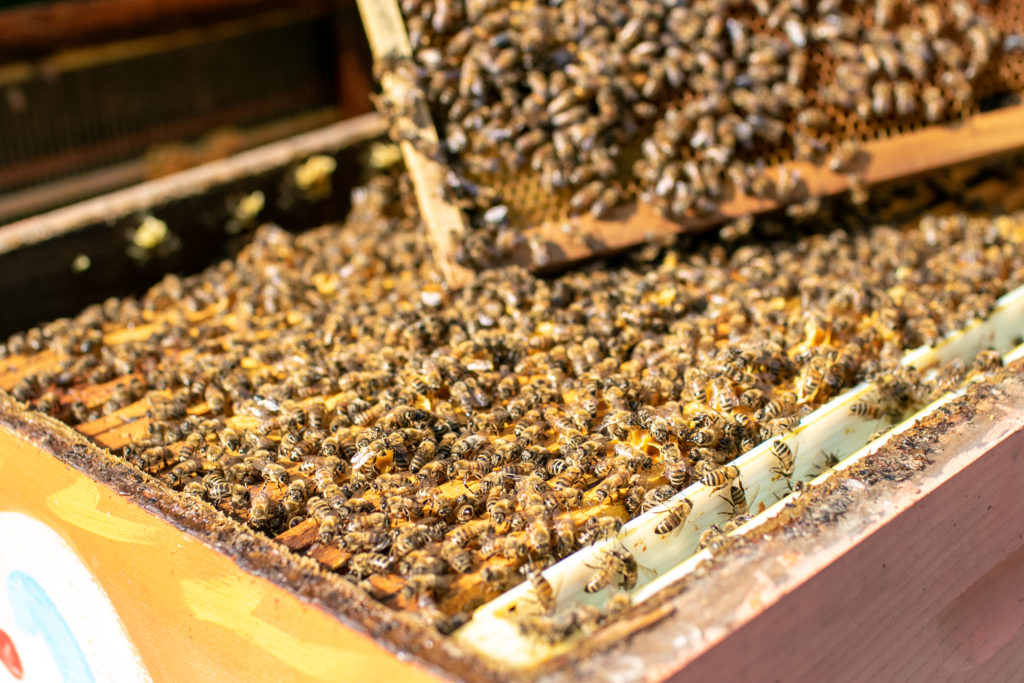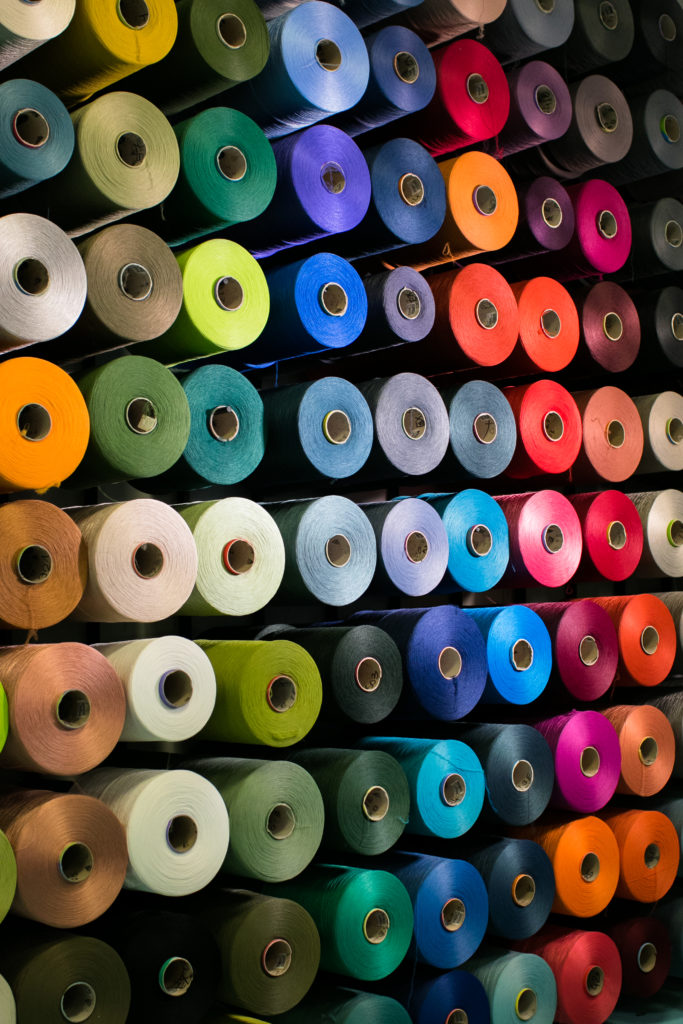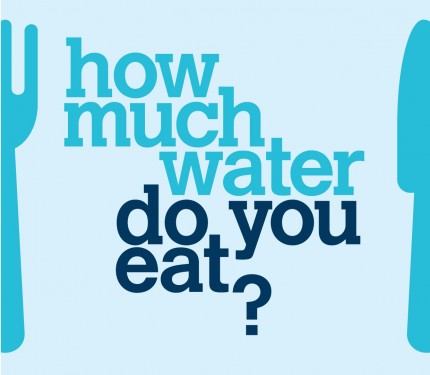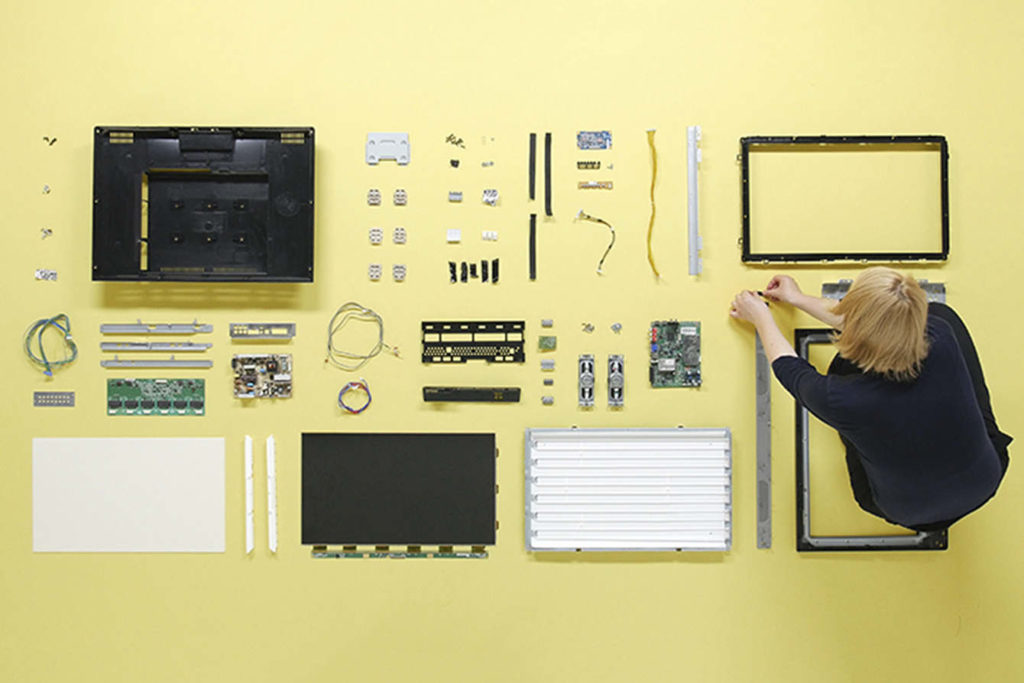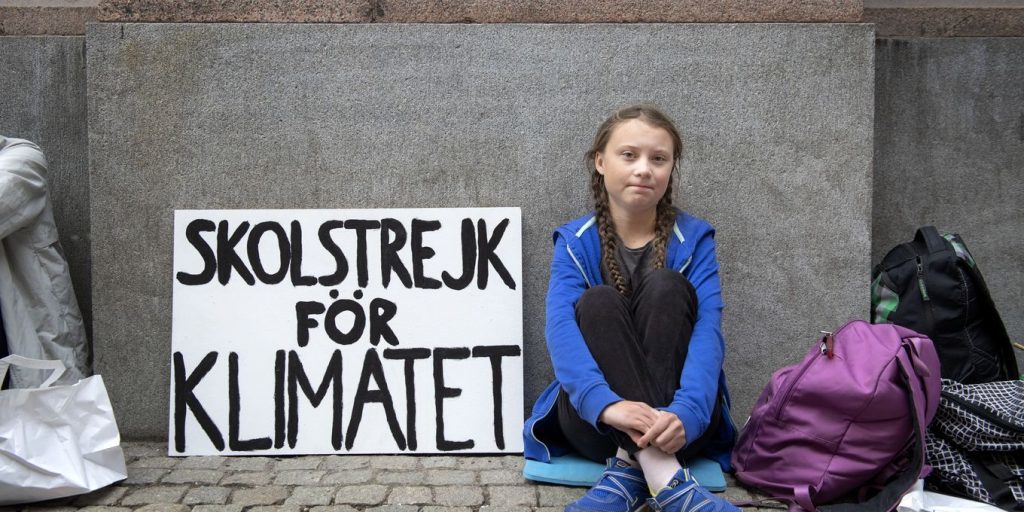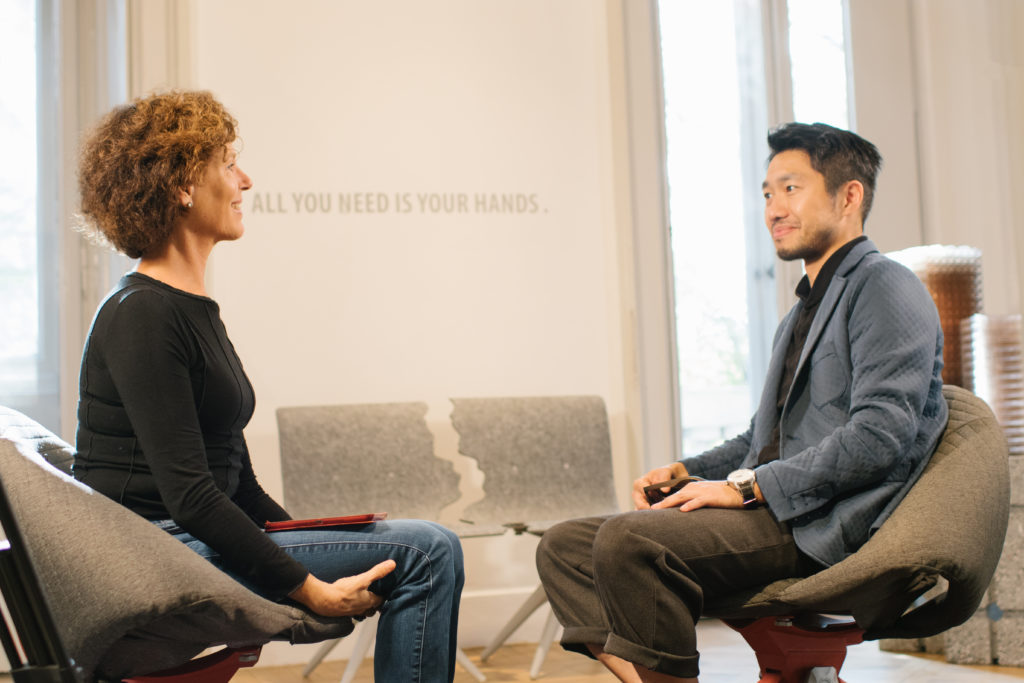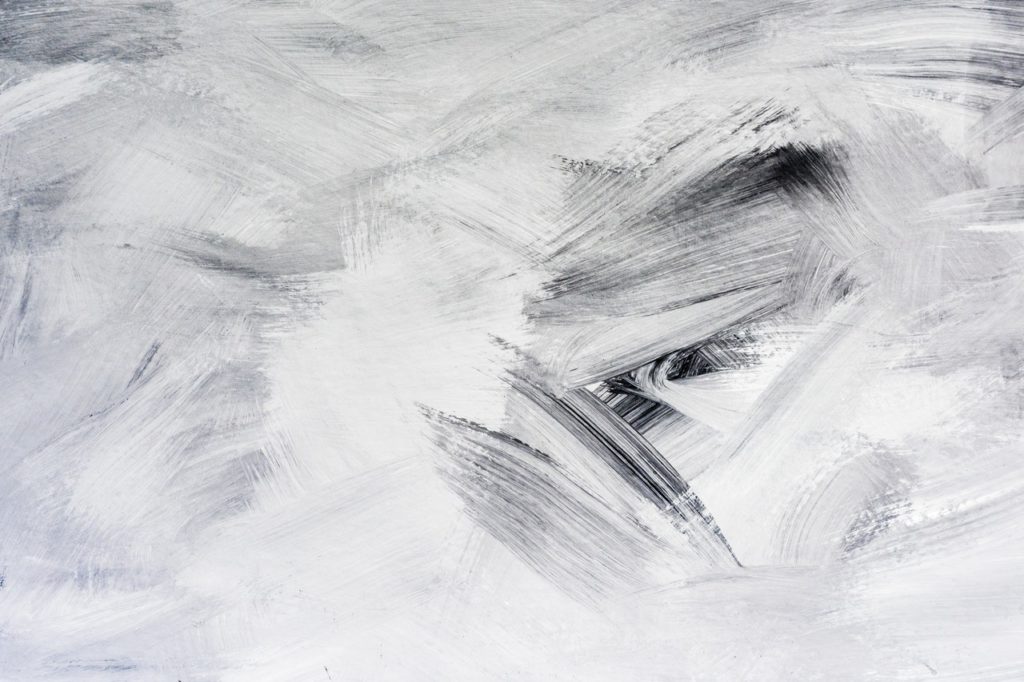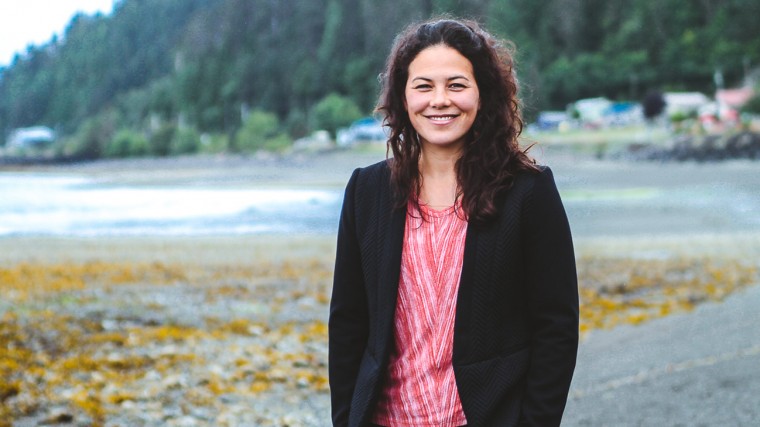If you were to address the world leaders today, your speech in 1992 would seem like it was written yesterday. How does that make you feel?
It is quite shocking to see that speech and realize that the issues we face today are not new. Indeed, there is only the line about our human family ‘five billion people strong’ that dates it. I constantly wonder why we haven’t been able to turn the tide. At the time I was twelve years old, and I believed that if we could just get the political leaders to listen, they would use their power to change the course of our world! Of course I was idealistic. I believed that if they were reminded of their own children, they would make better decisions.
How do you keep a positive attitude?
If you open your mind and heart to the problems that our global ecosystems face, as well as our fellow humans on the other side of the globe, it is easy to get depressed. I have realized that it is extremely important not to let this happen. Equally as important as fighting against injustice and the damage we are doing to future generations, is living the vision – trying to support, uphold, promote and celebrate the society that we aspire to. If we believe in a beautiful world, we must try and live that world in any ways that we can. Finding the joy is the true challenge. And that quest is inspiring and invigorating. It means taking time to grow, prepare and enjoy good food, it means building community in a multitude of ways. What is good for one’s quality of life is good for the environment. I am inspired by the strength of others. At my desk, I have a quote from the Dalai Lama, Never Give Up. I am reminded of the great challenges and injustices and violence the Tibetan people have faced, and have to appreciate all that I have, and all I can do. We are as powerful as we believe we are.
Where do you see tangible change happening?
Tangible change happens at the local level. This is where we can act and see results. The global is made up of the local. We need our governments (municipal to federal) to support the change that we can see in the backyards of our local communities. They can do this by setting standards for energy, facilitating better transit, and giving incentives for positive environmental actions. It is not fair that it is so difficult to do the right thing; at the moment our society is set up so that the easiest, cheapest means of executing our lives are also terribly destructive to the earth and to other peoples.
Of the many projects you’ve been and are involved in, which is the one that is helping you reach your goals most efficiently?
Excellent question. All of the projects and campaigns have taught me so much. I have met incredible, inspiring people, and am always learning. It has been a privilege to work with the Sloth Club in Japan. They are a beautiful group of visionaries who’s mission is to “slow down Japan.” They believe deeply in the values of the Slow Food movement that started in Italy, but they bring the elements of ‘slow’ to the rest of our lives. They believe that we are moving too fast, and in doing so we are destroying the Earth, and ourselves. When I have gone to Japan the speaking tours they have arranged for me have been incredible; they are amazing mobilizers and so efficient at getting out the message. Currently I am working with a group of peers across Canada on the ‘We Canada’ campaign to get our country’s leaders to show some real leadership at the Rio 2012 Earth Summit next year. They are full of inspiration and energy, and are impressing me so much with their networking know how and social media savvy. We have incredible tools for communicating and networking at our disposal, we just have to realize the power we have.
Clearly change is bottom up – and the social unrest in Egypt, Tunisia, Libya, Syria, are a proof of how the world is desperately seeking change. The great challenge, for those countries, for all of us, is to seek out and elect leaders capable of setting a new course. There is a lot of hope, but do you think there are people who will be able to take the helm and steer humanity in the right direction?
Youth are over 50% of the globe’s population. Think about that. There is huge potential for revolution in that fact alone. But youth aren’t getting political in our country – while youth elected Barack Obama in the US, they aren’t getting out to vote since then, or in Canada. We have to get youth to realize their power at the voting booths. In the 19 years since the Earth summit in 1992, I have been an activist, television host, writer, and gotten an education. But the most powerful thing that I have done remains the speech I gave when I was 12. Why? I think it has to do with what the world did and still desperately needs: we need youth to speak truth to power. Youth, those with everything to loose, have a powerful message of conscience to deliver to those living as if the future doesn’t matter. We need them to stand up and challenge our leaders on intergenerational injustice. Climate Change is a huge sentence for today’s youth that was created by past and current generations. In our history, humans acted with the future in mind, so that our species would survive. We have thrown that essential survival technique away, at the cost of our children.
You’re a speaker, a writer, you’re on the web on on the radio, on tv – according to your experience, which is the most effective media to promote change?
It’s very hard to gauge when you’re having an effect on society’s consciousness. It is a strange, amorphous work, to try and ‘change the way that people think and act’. I think of the media as tools to speak to people, and there is so much media out there today. But I think what is really life-changing is for people to go and have an experience. If people get out there and witness a problem, or go visit a beautiful natural space that is under threat, then they are more likely to be moved to act. We all have to get outside more. If we know nature, we will fight for it.
An ecologically-sound lifestyle is simple; the solutions, which translate into a sequel of low-impact choices, are foreign to so many people, and that puts us advocates in the position of having to repeat the obvious, deliver a sexy message, find ways to get people out of their patterns. How do you face this challenge? Who are your role models?
On magazine covers and books we hear of ‘easy ways to be green.’ But the transition towards ecologically sound lifestyle is not yet made easy for individuals, even when it makes sense for health, for community, and for quality of life. To get our society to start promoting and fostering ecological living is not simple, or easy. That is a major challenge for communicators – to get our society to start facilitating transitions for people. That means we need our governments to set environmental standards (like for pollution, or energy or water use) and give incentives to people to do the right thing. Thomas Friedman is a role model. His recent book ‘Hot, Flat and Crowded’ is amazing for challenging and inspiring information on our current challenge.
There is a touching message on your facebook fan page by an Italian 12 year old who says that she thought the environmental issues she hears about today were recent, then she saw your video….now you’re a mother too. So am I – all things considered, do you have faith that our offspring will inherit a planet worth living in?
I am a mother of a 1 year old child. I have to believe my son will inherit a world worth living in. I learned from my mother – we can get angry, we can get sad, but we can never give up hope. The world is a beautiful place, and it is because of that beauty that we must fight against its destruction. I think we must draw upon our emotional power, as children, as mothers and fathers, aunts and uncles, as grandmothers and grandfathers, and realize our connection to the global challenges we face. And then, we must stand up for justice.
Do you interpret Hurricane Katrina, the tsunami in Indonesia, the tsunami that hit Japan, along with other “natural disasters” as a wake up call from nature?
When Hurricane Katrina hit the US, I thought, “Ah, now the west must wake up to Climate Change.” One would think that even the slim possibility that we might have contributed to such a calamity would have given pause to any American. However, the ‘wake up call’ did not deeply change their Climate policy. It makes me wonder what it takes to ‘wake up’ society. Many people speak of ‘climate justice’, or ‘environmental racism’, alluding to the fact that it is the poor of our society who bear the worst of the social impacts of environmental degradation. Is our society that blatantly injust? Thinking about this gives me the chills and threatens my faith that people innately seek justice for all. The wreckage the tsunamis caused serve as reminders to us all of the raw power of the natural world; deserving respect.
As a biologist, and ethno-biologist, which is the most concerning data that you have to support the urgent need for global action?
Being on the land and ocean with native elders, it was sobering to learn that their childhood food sources were contaminated today. In several areas we have visited the food specimens were not fit to eat, due to contamination. That was something I didn’t expect in my research, and makes me very sad. I think that there is so much important information in traditional knowledge. In most cases ecosystems didn’t have baseline data taken before development, and so scientists don’t even know what ecosystems were like in their natural state. Elders’ memories offer insight to a natural baseline.
How do you and your family feel about nuclear energy?
I have always thought of nuclear energy as a deal with the devil.
How do you calculate your ecological footprint?
There are several websites where you can do this online; an important exercise when trying to figure out what you can do in your life to live more ecologically!
Where do you live?
I live on the archipelago of Haida Gwaii – ‘Islands of the People’. It’s off the north west coast of Canada.
You’re about to come to Europe – what for?
I’m going to visit my sister! She is studying in England. And we are taking the opportunity to introduce my son to my English relatives.
What are you working on now?
I am currently working on language revitalization of the Haida language. Only a handful of elders speak it now. It is the language of my husband, and now, my son, and we want to see it survive. This is what I am focusing on with elders in my home of Haida Gwaii. I am also working on a campaign to promote awareness and real action by our Canadian government at Rio 2012 . The Canadian government is currently leaving a terribly environmental legacy – I am ashamed. It is called “We Canada” – www.earthsummit.ca I am a spokesperson for the Canadian network ‘Girls in Action’ to promote positive opportunities and self esteem for young women; and am a Director of the board of the David Suzuki Foundation. And, my most important work: I am raising a strong, healthy little boy!
